Some of Christchurch’s environmental leaders gathered in August 2022 to discuss the critical issues facing our environment in preparation for local elections. Mayoral Candidate David Meates was the special guest. Stories were told of groups around Banks Peninsula and Christchurch working to regenerate the hills, valleys and streams. For example over twenty groups are working […]
Key messages from Ōtautahi environmental leaders
Some of Christchurch’s environmental leaders gathered in August 2022 to discuss the critical issues facing our environment in preparation for local elections. Mayoral Candidate David Meates was the special guest. Stories were told of groups around Banks Peninsula and Christchurch working to regenerate the hills, valleys and streams.
For example over twenty groups are working along the Ōpawhao-Heathcote river, there are farmers protecting native bush remnants, groups focusing on regeneration in the Red Zone, communities struggling to recover Mahinga Kai values and more.
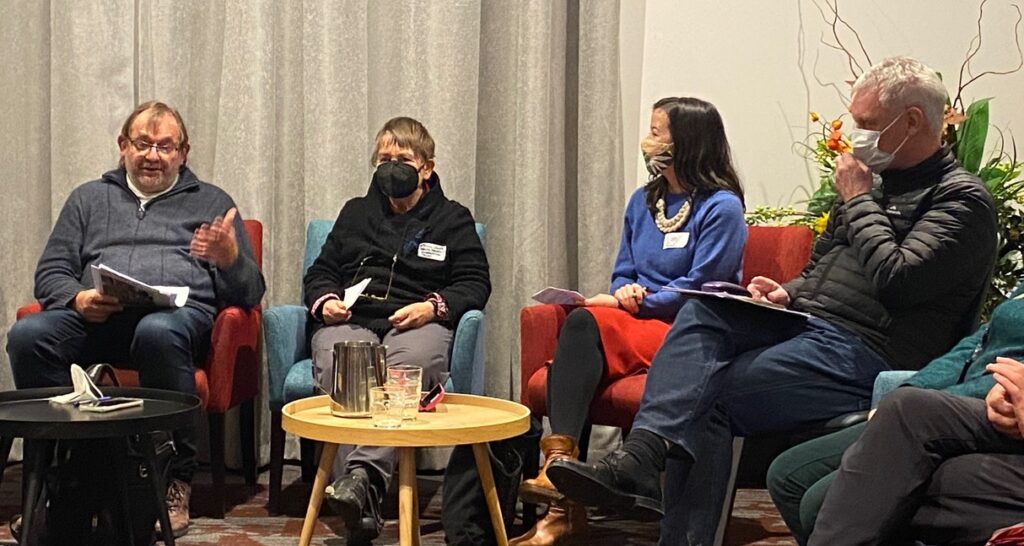
We called for:
- Leadership at the top tier of decision makers to integrate biodiversity through the system
- Implementing existing Biodiversity, Open Spaces and Climate Change Strategies with policy and actions vertically and horizontally through the organisation
- Boosting educational work such as Enviro Schools
- Collaborative models to address restoring Mahinga kai
- Develop a compelling narrative for Ōtautahi
- Ecological education for Councillors and Leadership Team
- A new funding model for community groups to give certainty and enable long term planning
We have ecologists standing!
Ecologists generally don’t put themselves forward as candidates, they are much happier out in the field. However, as an ecologist and past ECan Councillor along with Lan Pham (who has just completed her second term and is not standing) and Iaean Cranwell (Ngāi Tahu) we found that it made a huge difference in getting traction on biodiversity issues to be both knowledgeable and at the decision making table.
Therefore it is a huge delight that we have ecologists standing for this election…
- Dr Colin Meurk: new councillor for Fendalton Ward
- Greg Byrnes: Tūhaitara Coastal Park – New councillor ECan Central ward
- Vicky Southworth: (ECan South Ward) standing for a 2nd term
- Craig Pauling: (West Ward) – standing for 2nd term
Mayor candidate David Meates – our special guest for the night we loved the way you listened absorbed our stories and responded so thoughtfully. We have high hopes that the new CCC and ECan will deliver for nature and people.
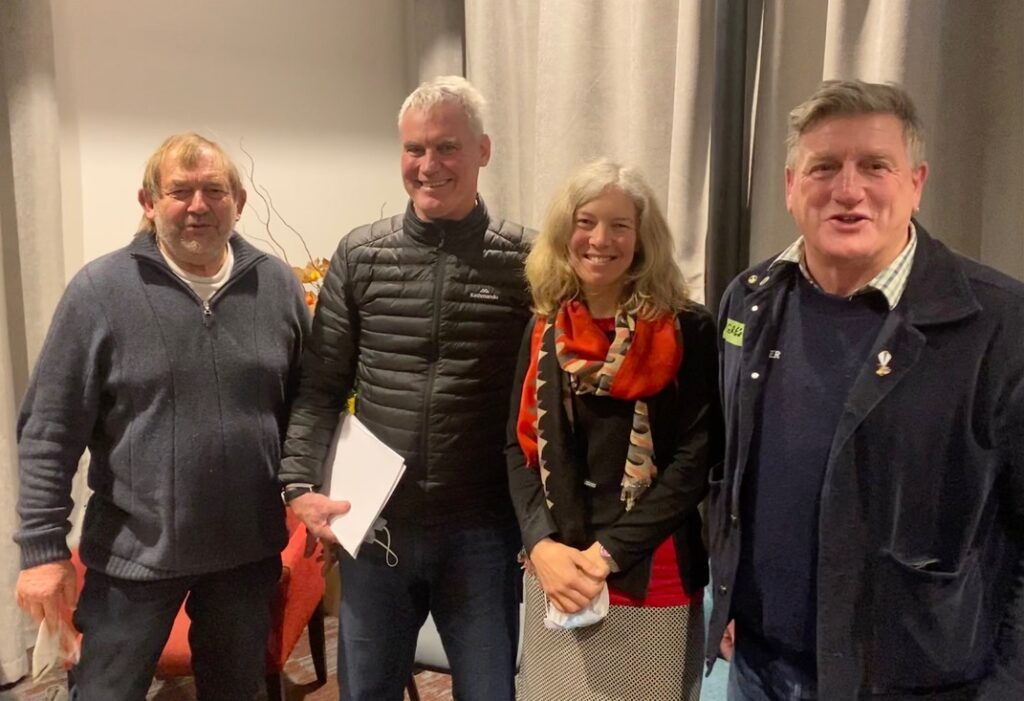
A Full Report of the meeting
Purpose: Identify key environmental messages for local and regional body candidates and special guest Mayoral Candidate David Meates.
Format – reversing the usual approach of putting questions to potential candidates – this approach shared our knowledge first and then asked for a response.
- Introduction Round – and where you would take David Meates to show him your work or a special biodiversity gem in the City or Banks Peninsula.
- A panel of 4 with 3 minutes each to spark off the discussion on the questions below
- Break into groups of 3-4 to reflect on ideas and respond to panel
- David Meates responds to what he has heard
- Further discussion and summary
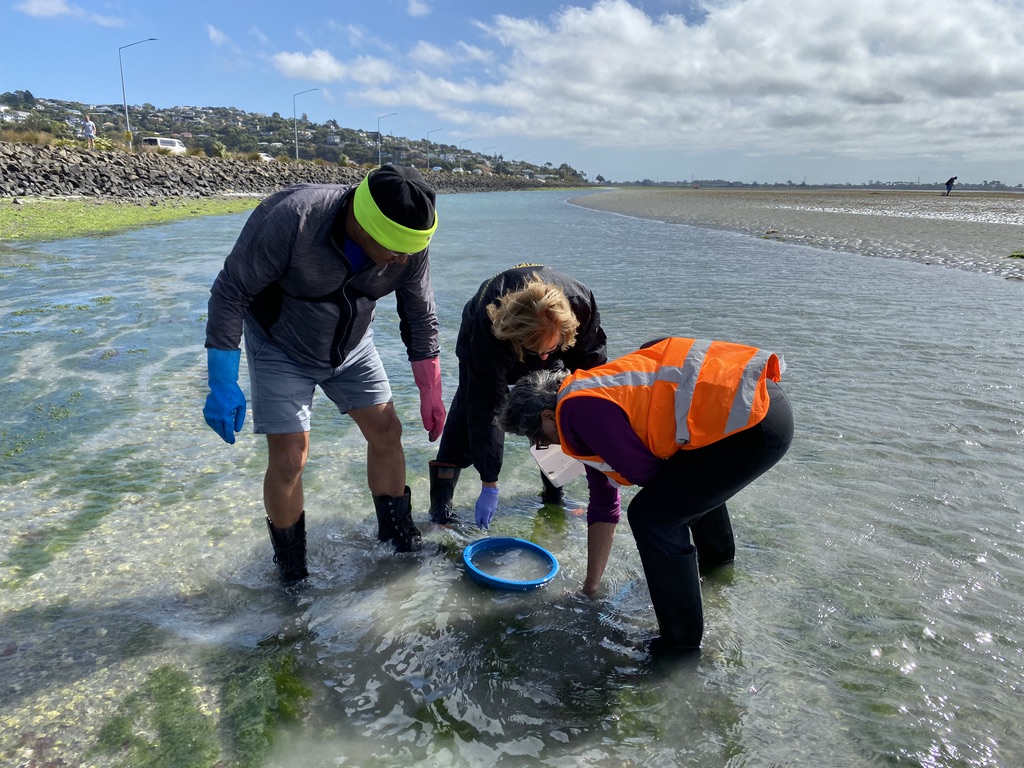
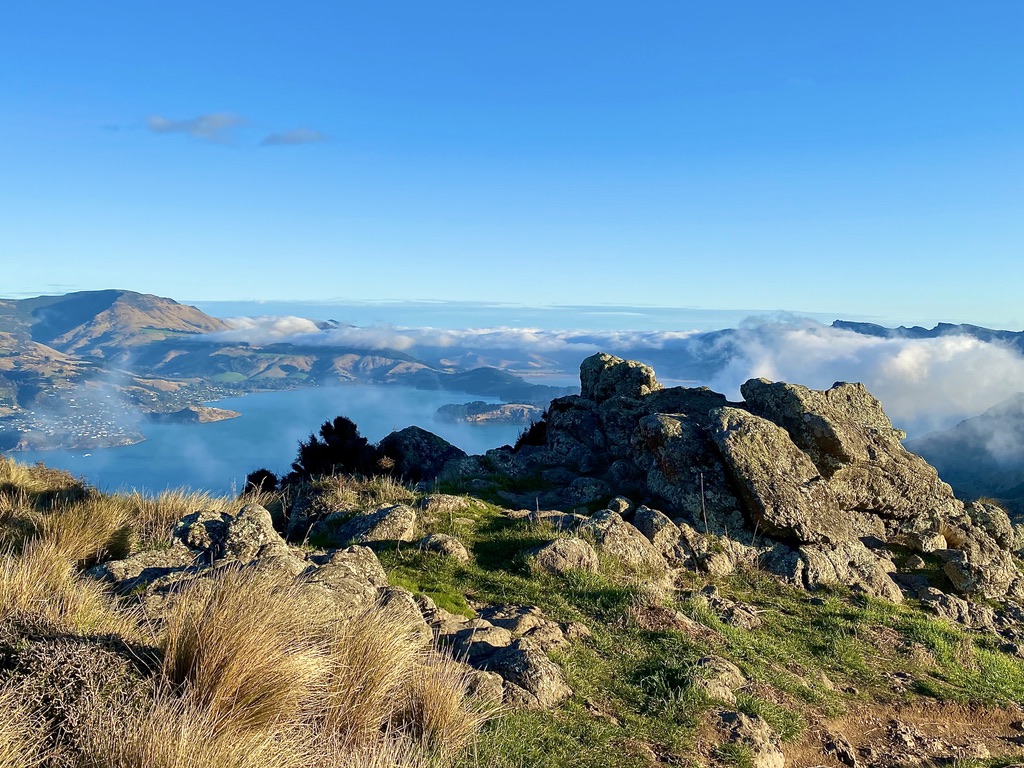
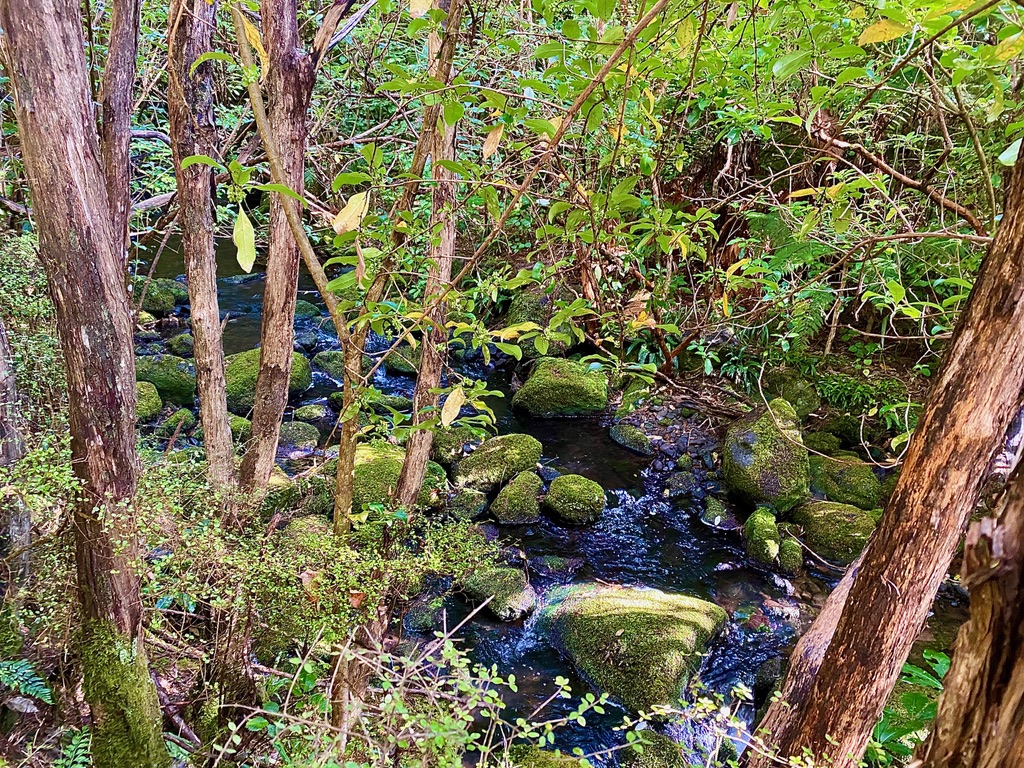
Our panel of 4: Alice Shanks QE11, Botanical Society; Colin Meurk, Landcare Research ecologist, 360 Trail & Travis Wetland; Penny Carnaby chair BPCT; Lan Pham ECan Councillor & LGNZ young members chair addressed:
- What is working well
- What are the gaps
- What are the solutions
Notes below are from both the panel and the discussion that followed
What is working well
- Open Space and Access to Outdoor Recreation opportunities such as: Rod Donald BP Trust creating walking tracks & purchasing Te Ahu Patkiki, Hinewai and its walking tracks, 360 Trail, provision for cycling, yachting, kayaking, surfing, rock climbing, Rogaine events attracting up to 350 people, Regional Parks, The Groynes, Botanical Gardens, Victoria Park, Halswell Quarry, ferry to Diamond Harbour
- Banks Peninsula Conservation Trust – delivering protection (100 covenants) landscape pest control (PFBP and Wildside)
- Working Together e.g., Pest Free BP, Te Kakahu Kakahu – 25% of BP land to be protected – 20 signed these MOUs
- WhakaOra/Healthy Harbour visionary document underlying a programme of work and how to get there.
- Massive Volunteer Contribution – to name a few: Avon-Otākaro Network (brings multiple groups together) http://avonotakaronetwork.org/, Styx River Living Laboratory, the Avon-Heathcote Estuary Trust protecting estuary health and International Flyway status, Ōpāwaho-Heathcote River Network https://ohrn.nz/home/river-network/ – represents over 20 groups, Summit Road Society and Pest Free Port Hills, Restoration work: Quail Island, Avoca Valley, Drayton Reserve (Mt Pleasant), Te Awa Kura/Barnett Park (Redcliffs) and Mahoe-nui (Sumner Valley), Forest and Bird – working at multiple sites in the city.
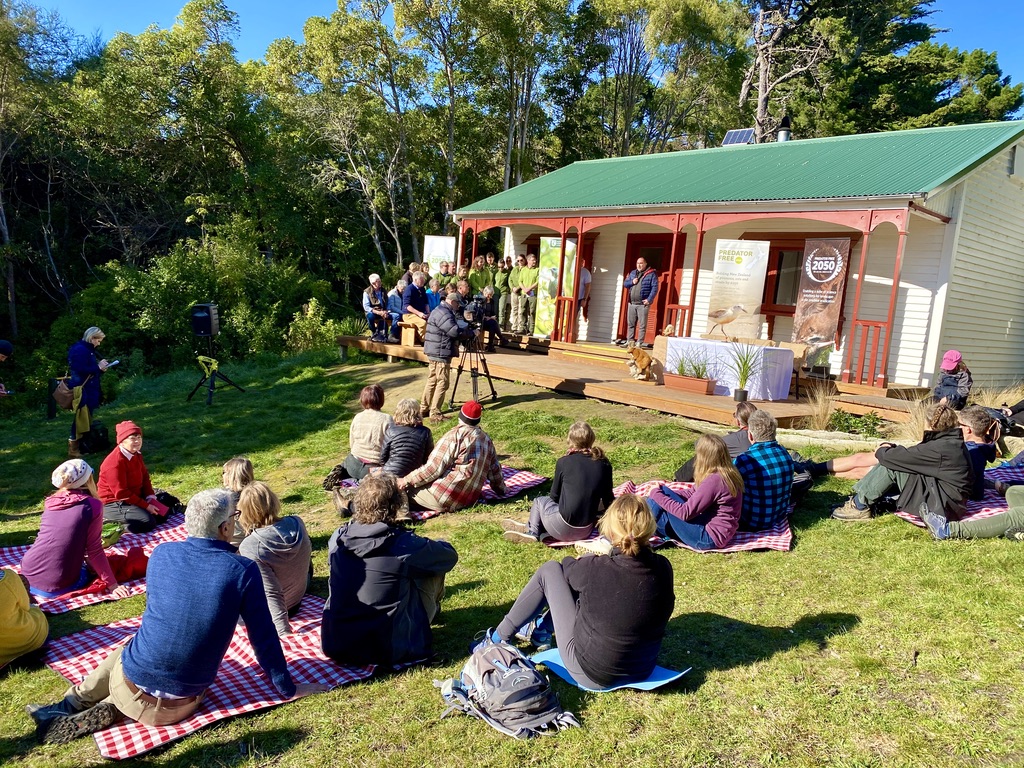
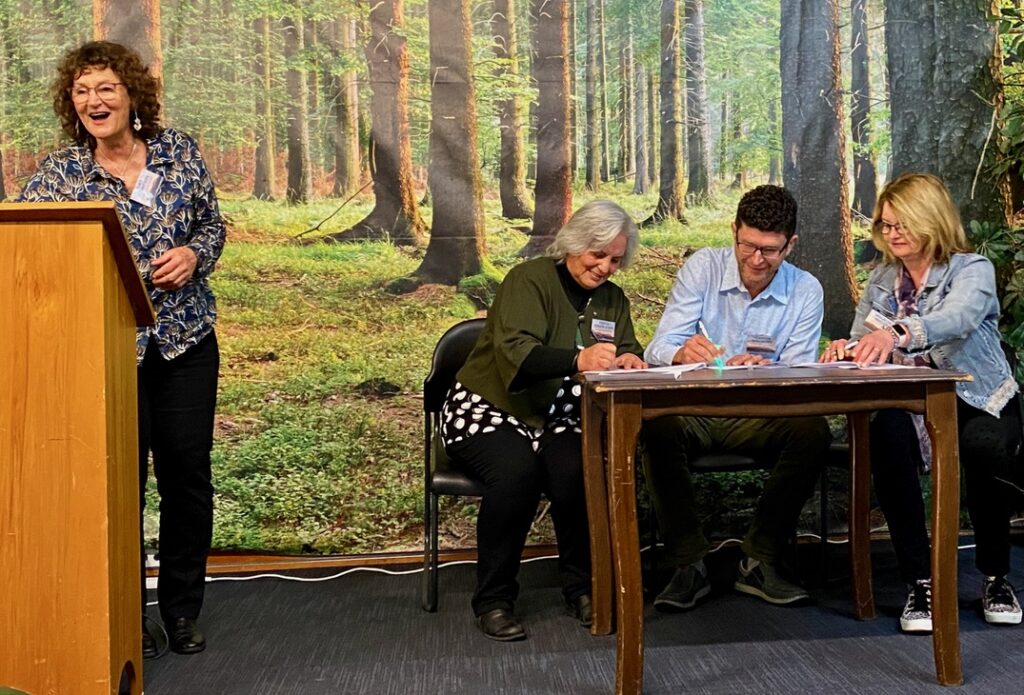

What are the Gaps?
- Leadership in Council at the top tier to integrate biodiversity from policy to planners to people on the ground to contractors. We have enough strategies such as The Canterbury Biodiversity Strategy (2008 -2035), Public Open Space Strategy 2010-2040, Ōtautahi Climate Resilience Strategy 2021, but these are not translated into planning and action points to deliver outcomes for biodiversity and climate change. Leadership needs to be two-way – Mana Whenua and public
- Ecological advice is ad hoc not essential part of decision making and often contracted to consultants instead of boosting the inhouse ecological team and retaining knowledge. In addition, the way budgets work even internal ecological advice must be paid for so a disincentive for siloed departments to ask for it.
- Collaborating with Papatipu Rūnanga and including Mātauranga Māori in restoration efforts.
- A compelling narrative for Ōtautahi we need to tell our stories better and boost educational resources – too many kids and citizens disconnected from nature and therefore don’t care.
- Browsing pest animals – deer, pigs, goats and possum numbers are increasing –decimating natural regeneration and planting efforts on the Banks Peninsula.
- Year to year funding uncertainty for community group work. Too much time spent on funding applications creating undue stress and impeding outcomes.
- The sea around us – our connection to the ocean and the impact our activities have are under-described and under-estimated.
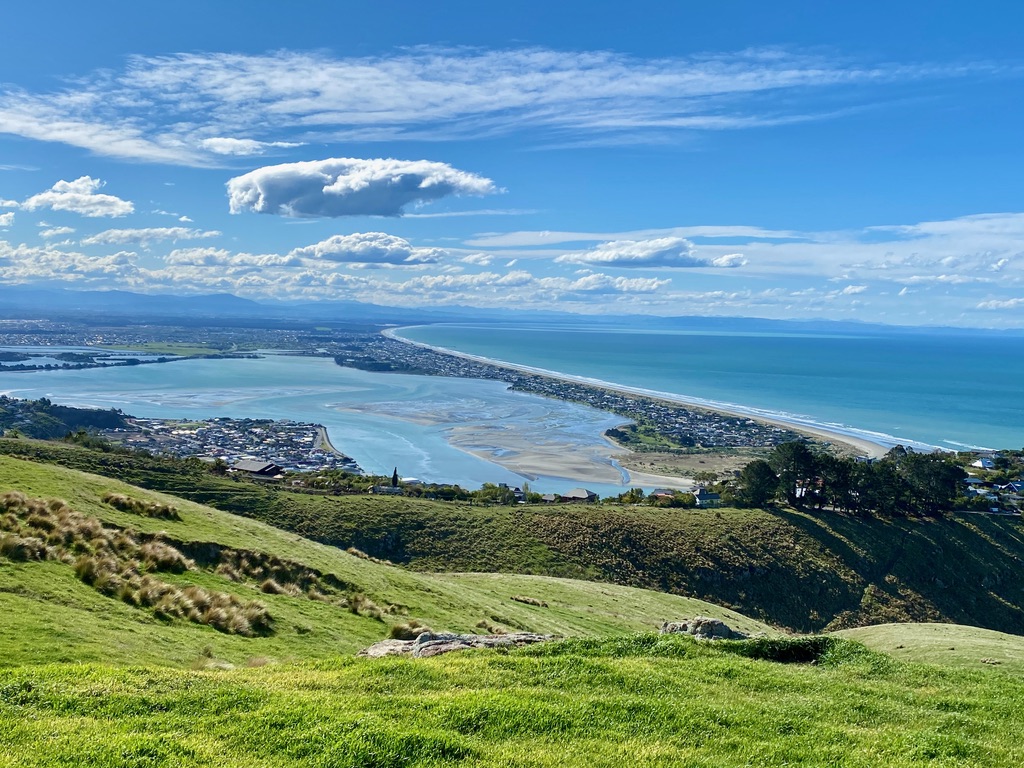
What are the solutions
- Funding model needs to change to create certainty for community groups.
- Mixed Teams approach to all CCC work. Put together members from different departments. Siloed approach to delivery isn’t working, mixed teams would integrate strategy across departments e.g., no council wide weed control response from Parks to Streets, from planners to contractors – weeds such as karo are still being planted.
- ETS – continue to lobby central government to incentivise landowners to protect what remains and plant natives for carbon sequestration.
- Boost educational resources e.g., to Envrio Schools and other groups who can effectively reach those not currently connected. Stormwater isan example of more education required such as effect of copper brake pads on water health. Education on changes around the role of urban wild, long grass in creating habitat. Boost pride in native species through education.
- Engagement of Mana Whenua in collaborative models to address restoring Mahinga kai and education around Mātauranga Māori principles
- Ecological education for Councillors and Leadership Team. Field trips to understand City’s rich biological heritage and how positive outcomes for biodiversity is linked with mitigating the effects of climate change.
- Support elected councillors who have identified as Biodiversity Champions and publicise the work they are doing.
- Develop a compelling narrative for Ōtautahi and work on telling our stories better
- Blue City and Green City – early European settlers turned their back on the river and the sea – could our new narrative celebrate our connection to the sea better
- Urban Tree Policy and upcoming Urban Forest Plan – a chance to recreate Garden City, a Nature City, A Treed City, A National Park City, A Blue & Green City – possible tag lines to build a compelling narrative and increase urban native biodiversity, welcome water into the city (See Sponge Cities) attract more birds and leafier suburbs to better address a warming climate.
- Waste-management – keep the pressure on for improved recycling such as refunds on bottles to get them off the streets and waterways.
- Ring-Fence biodiversity fund. “Biodiversity is the essence of life- not a nice-to-have” don’t lose what we have achieved with budget cuts. Regional and Park Rangers are essential part of the work. Request the Jobs for Nature rangers are retained.
- Implement the Red zone redevelopment plans ASAP

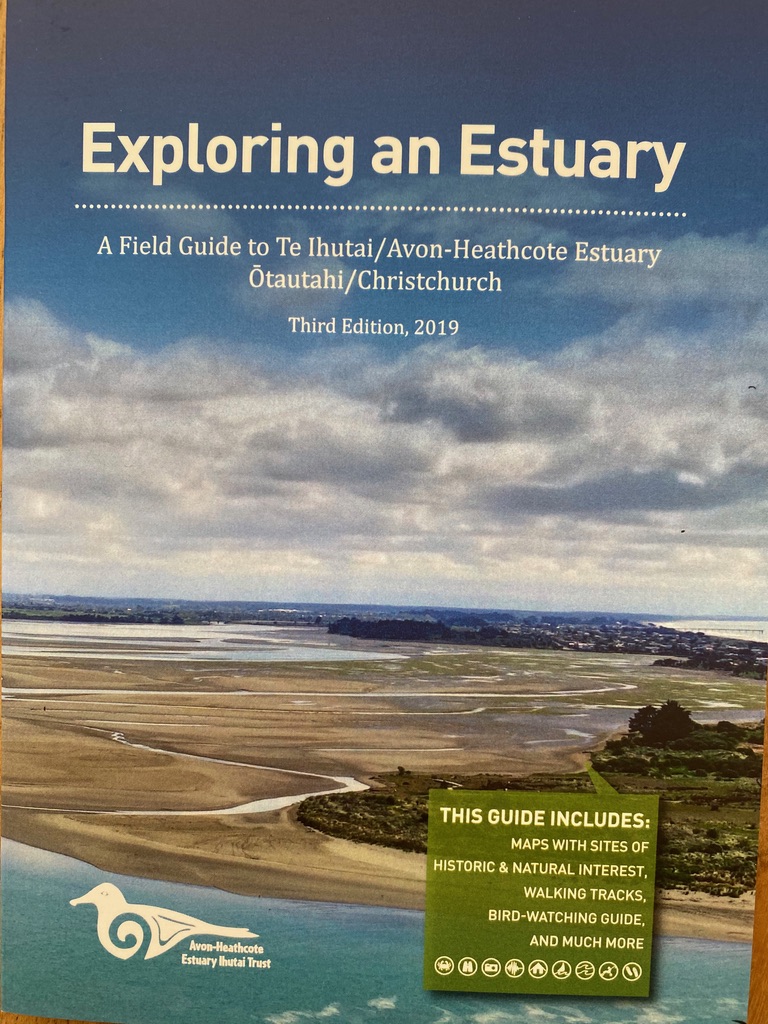

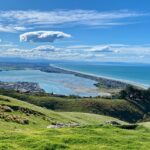
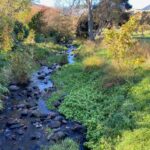
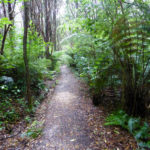
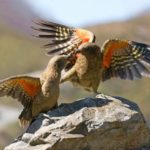

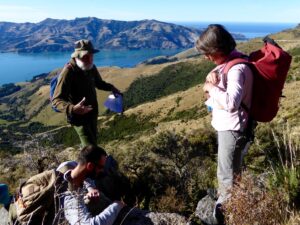
Leave a Reply